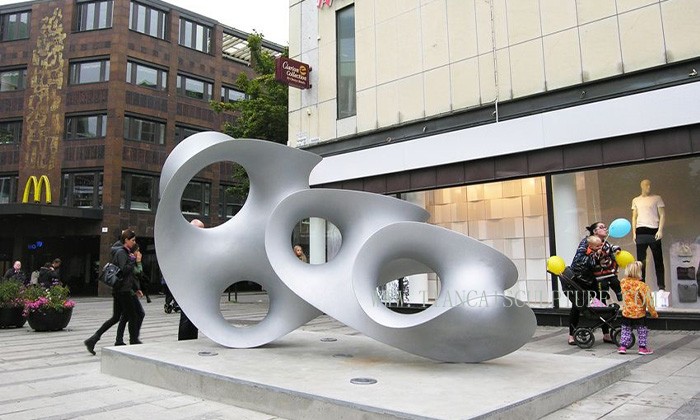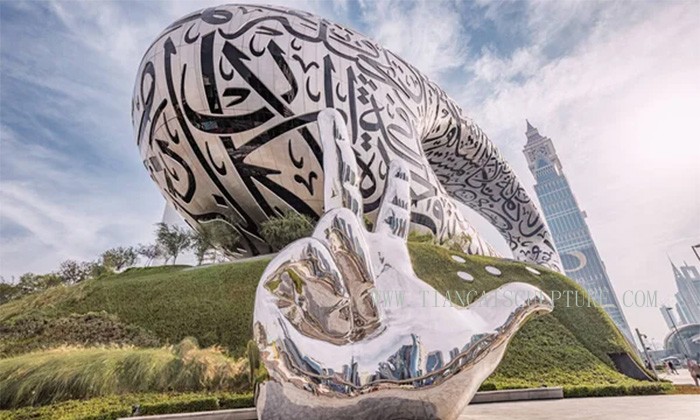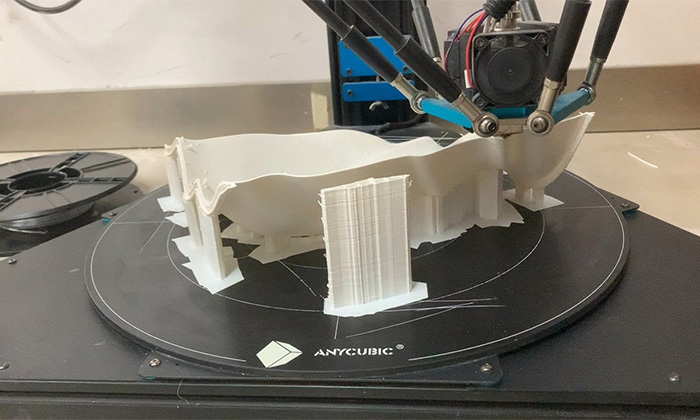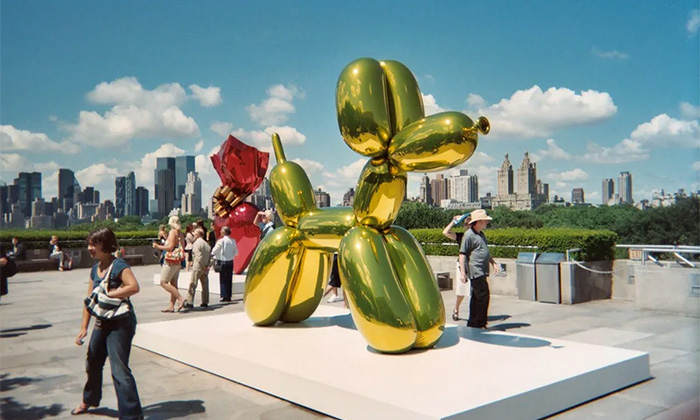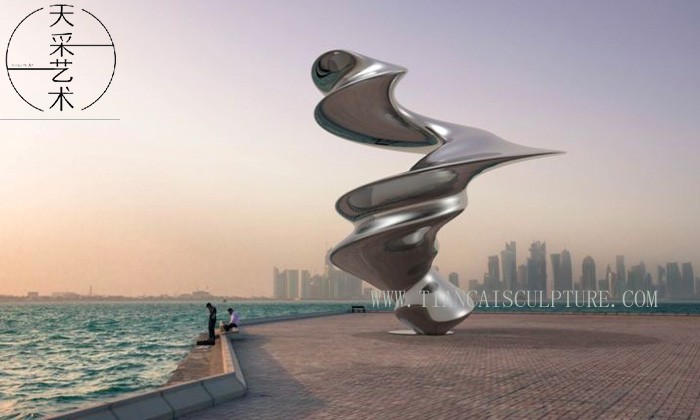 Sep 05, 2024
Sep 05, 2024
In recent years, as a factory specializing in custom sculptures, we have witnessed and been involved in the flourishing development of metal sculpture art on a global scale. With the continuous innovation in contemporary art, Metal Sculpture is gradually becoming a highly regarded artistic force.
From the bold and avant-garde abstract expressionism in the United States, the love for mechanically inclined steel sculptures, to the elegant and charming new art styles in France favoring graceful and delicate bronze works, and further to the classical and intricate influence of the Renaissance in Italy, and even the traditional elements imbued with ancient cultural heritage from China and Japan, the Chinese admiration for lustrous and captivating stainless steel sculptures, metal sculpture is showcasing its unique charm, becoming a global artistic language that transcends cultural boundaries. It is increasingly becoming a shared pursuit among art enthusiasts worldwide.
In addition to stainless steel, our metal sculptures also incorporate materials such as wrought iron, copper, aluminum, and more. Each material possesses its own unique characteristics and charm: wrought iron highlights a rugged and heavy industrial aesthetic, copper carries a warm and mysterious classical vibe, while aluminum showcases a light and contemporary sense of fashion.
Riding on this trend, our factory continuously enhances its metal sculpture craftsmanship, striving to provide customers with higher quality custom services.
As a factory specializing in sculpture customization, we have personally witnessed and been involved in the flourishing development of this art form on a global scale. By deeply understanding the aesthetic preferences for metal sculptures in different countries and regions, we also constantly enrich our craftsmanship techniques, making efforts to offer customers even more outstanding custom services.
First and foremost, metal materials themselves inherently possess strong visual impact. Whether it is the cold and hard steel, the warm and lustrous copper or aluminum, or the dazzling stainless steel, each type of metal can add a unique charm to sculpture works. Through exquisite processing techniques, metal sculptures can also exhibit a more diverse range of surface textures and visual effects.
For example, the Stainless Steel Sculptures produced in our factory involve processes such as brushing, welding, polishing, and mirror finishing. Each technique can impart different characteristics to the artwork, ranging from the minimalist and elegant brushed effect, to the glossy polished surface, and to the highly technological mirror finish, providing customers with a wider array of choices.
In addition, metal sculptures also offer great versatility in their sculptural language. From fluid and elegant abstract forms to lifelike and vivid realistic representations, metal materials can adeptly showcase a wide range of expressions. This allows artists to unleash their creativity and continually push the boundaries of traditional sculpture.
Some large metal sculpture pieces either sculpt beautiful abstract forms using materials like stainless steel or create lifelike Animal Sculptures using wrought iron, all of which demonstrate the infinite possibilities of metal sculpture.
Interestingly, different countries and cultures have unique aesthetic preferences and creative styles when it comes to Metal Sculpture.
Here are some specific examples:
Abstract Expressionism: The United States is renowned for its Abstract Expressionist style, where metal sculptures often embody bold shapes, lines, and structures, as seen in works like Alexander Calder's mobile sculptures.
Minimalism: Minimalist style also holds a place in American metal sculpture, characterized by simplicity, geometric shapes, and clear lines, exemplified in works by Richard Serra.
France:
Art Nouveau: French metal sculptures often exhibit characteristics of the Art Nouveau movement, showcasing elegant lines and floral motifs, such as Emile Gallé's bronze sculptures.
Surrealism: Metal sculptures in France are also influenced by Surrealism, presenting surreal forms and imagination, as seen in the metal sculpture works of Sonia Delaunay.
Italy:
Renaissance Influence: Italian metal sculptures are influenced by the Renaissance period, often showcasing characteristics of classicism and intricate sculpting techniques, as seen in bronze sculptures by Michelangelo.
Modern Italian Design: Modern Italian metal sculptures emphasize simple and elegant designs, such as the contemporary stainless steel sculptures by Giovanni Carli.
China:
Traditional Chinese Motifs: Chinese metal sculptures often blend traditional cultural elements like dragons, phoenixes, and other auspicious patterns, showcasing the charm of Chinese traditional art.
Contemporary Chinese Art: Contemporary Chinese metal sculpture works are diverse, with some pursuing modernity and abstraction, while others focus on folk art characteristics and craftsmanship.
Japan:
Zen Aesthetics: Japanese metal sculptures often embody Zen aesthetics, being simple, elegant, emphasizing nature and tranquility, as seen in iron works by Kozo Matsumoto.
Modern Japanese Sculpture: Modern Japanese metal sculpture works are diverse, some combining traditional cultural elements, while others pursue avant-garde design and technological innovation.
These examples showcase the diversity and uniqueness of metal sculpture styles in different countries, reflecting the creative use of metal materials and aesthetic pursuits by artists worldwide.
For instance, in the United States, metal sculptures often exhibit characteristics of Abstract Expressionism and Minimalism, displaying bold shapes, lines, and structures. Meanwhile, French metal sculptures blend elements of the Art Nouveau movement and Surrealism, showcasing elegant and imaginative lines.
In Italy, metal sculptures are often influenced by the Renaissance period, embodying classical features and exquisite sculpting techniques. Modern Italian metal sculpture, on the other hand, emphasizes a minimalist and elegant design aesthetic.
Simultaneously, metal sculptures in China and Japan incorporate their respective longstanding traditional artistic characteristics. Chinese artworks often incorporate auspicious motifs like dragons and phoenixes, while Japanese pieces embody the simplicity and elegance of Zen aesthetics.
This global perspective of diversity undoubtedly provides artists with a broader creative space. It is observed that contemporary art increasingly emphasizes cross-disciplinary integration, with clients from various countries starting to break traditional material preferences and seek more innovative and breakthrough sculptural forms.
For example, cleverly combining copper with stainless steel or using aluminum to create unique abstract forms enriches the expressive range of metal sculpture.
Overall, metal sculpture is becoming a universal artistic language that transcends cultural boundaries, resonating widely among art enthusiasts worldwide. As a factory specializing in this field, we will continue to uphold craftsmanship, enrich our technical skills, and craft even more outstanding custom pieces for our clients, contributing to the flourishing development of this art form on a global scale.
We are a sculpture factory from China, specializing in customizing sculpture artworks of various materials
Our website: www.tiancaisculpture.com
Contact us to order any sculpture you want

